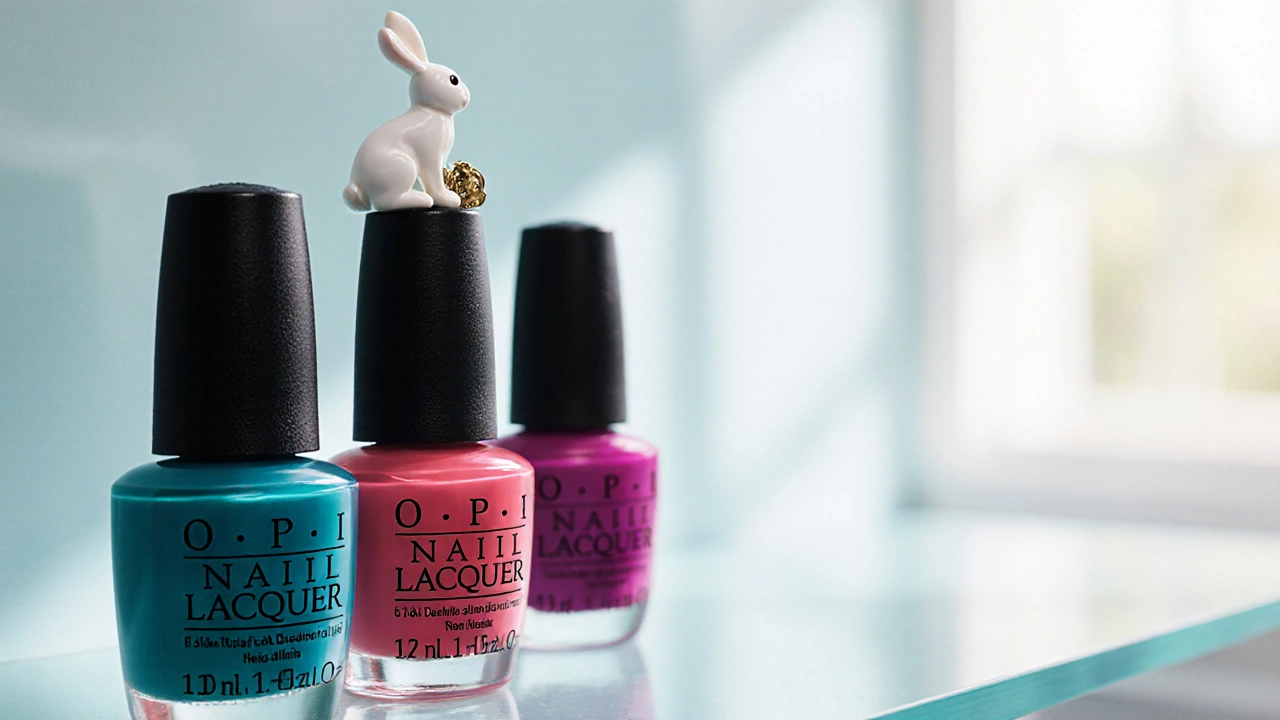OPI cruelty‑free: What You Need to Know
When evaluating OPI cruelty‑free, the line of OPI nail polishes that claims no animal testing. Also known as OPI cruelty‑free nail polish, it belongs to the larger category of cruelty‑free cosmetics, beauty products developed without any animal testing and directly challenges the practice of animal testing, using live animals to assess product safety. This shift reflects the rising demand for ethical beauty, products that align with moral and environmental values and often overlaps with vegan nail polish, formulas that contain no animal‑derived ingredients. The connection between these entities forms a clear chain: cruelty‑free cosmetics require no animal testing, vegan nail polish excludes animal ingredients, and ethical beauty drives brand transparency.
Key Factors Behind a True Cruelty‑Free Claim
Understanding whether OPI cruelty‑free lives up to its promise means looking at three core attributes. First, the ingredient list: true cruelty‑free nails avoid animal‑derived components such as gelatin or carmine. Second, the testing policy: the brand must have a documented zero‑animal‑testing stance across all markets, not just in regions where testing is legal. Third, third‑party certification: logos from bodies like Leaping Bunny or PETA provide external verification and build consumer trust. These attributes (ingredient purity, testing policy, certification) together determine the credibility of any cruelty‑free claim.
Consumers today compare brands based on these same criteria. A survey by Beauty Insight 2024 showed that 68% of nail‑polish buyers would switch to a product with clear cruelty‑free certification, even if the price was slightly higher. This data point demonstrates how ethical beauty influences purchasing decisions. Moreover, the rise of vegan nail polish blends shows that many shoppers care about both animal welfare and ingredient sourcing. When a product checks the cruelty‑free box, it often also satisfies the vegan requirement, creating a synergistic effect that boosts market appeal.
Another important piece of the puzzle is transparency. Brands that openly publish their ingredient sourcing, testing locations, and certification audits tend to rank higher in consumer trust scores. OPI, for example, provides a dedicated page outlining its stance, but the real test is whether third‑party auditors have stamped it with a recognized cruelty‑free badge. Without that external validation, the claim remains a marketing statement rather than a proven fact.
Beyond the technicalities, the emotional side matters. Ethical beauty isn’t just a label; it reflects a lifestyle choice that resonates with people who care about the planet, animal rights, and personal values. When you pick a nail polish that aligns with those values, you’re part of a larger movement that pushes the entire industry toward more humane practices. The ripple effect can be seen in how many mainstream brands have started reformulating their lines to meet cruelty‑free standards.
So, what should you look for next? Below you’ll find a curated selection of posts that dive deeper into related topics: from the science behind anti‑aging drinks to the latest trends in cruelty‑free cosmetics, from understanding vitamin deficiencies that affect skin elasticity to practical tips for building an ethical beauty routine. Each article adds another layer of insight, helping you decide whether OPI’s cruelty‑free claim fits your personal standards and how it compares with other leading brands.
Ready to explore the details? Browse the collection below to see how OPI cruelty‑free stands up against industry benchmarks, learn how to verify cruelty‑free certifications, and discover actionable steps for a more ethical beauty regimen.

